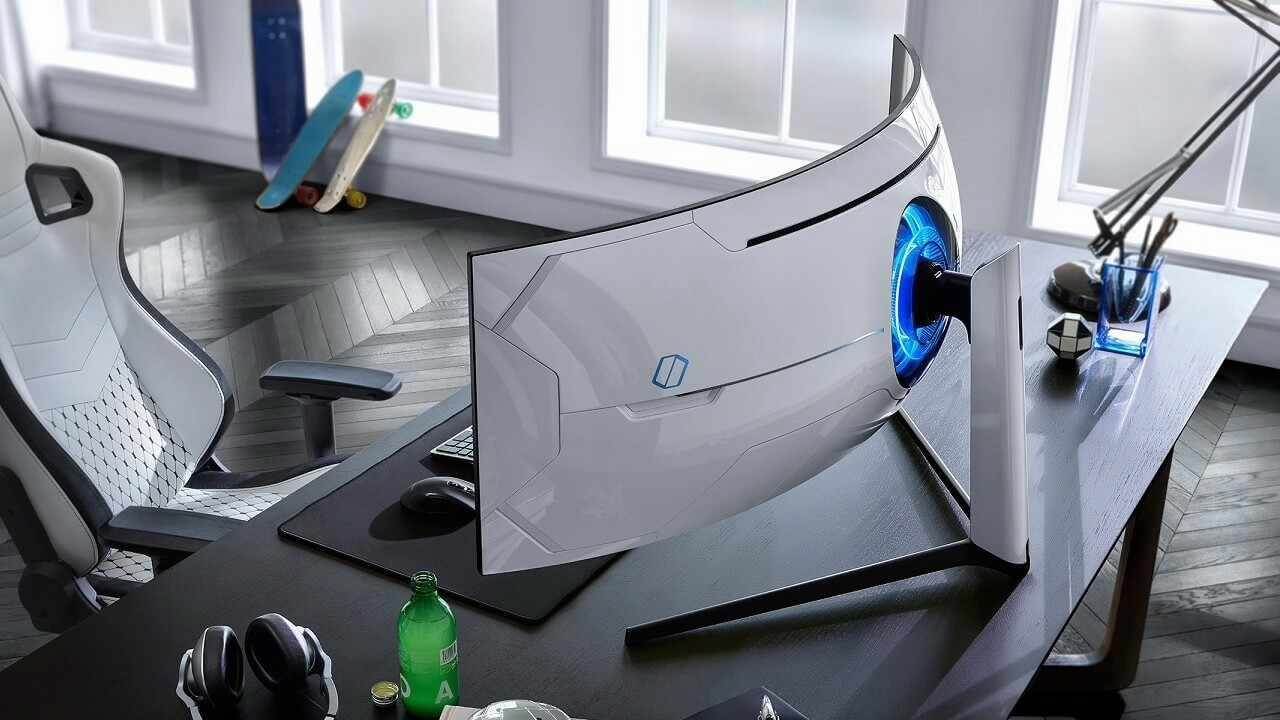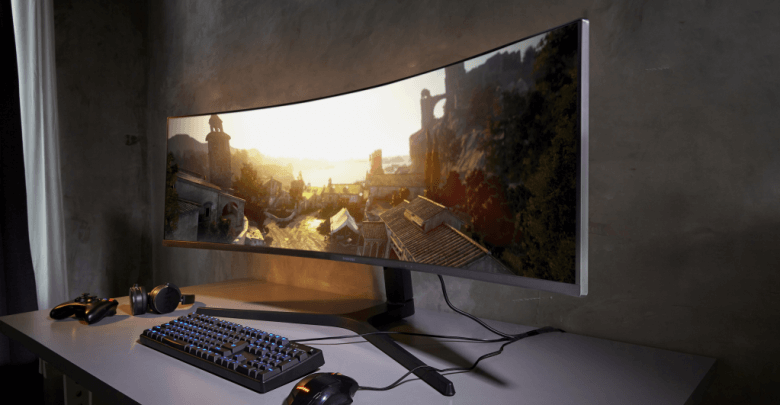Ultrawide Monitor Sets an Ideal Work and Entertainment Environment for Any Student
In the last decade, it has become a common thing for people to place multiple monitors on their desktop. Even if you own a large 4k monitor, having an extra one for specialized tasks is a welcome boon for all sorts of tasks:
- If you are a coder or studying to become one, another display screen is a must. You will be able to track a huge chunk of the code as you implement your app or web design. Moreover, you will save a lot of time and maintain focus.
- If you are a visual artist, multiple screens give you an option to expand key functions of 3D software and photo-editing tools.
- If you are a video-editor, another screen gives you an option to view a full timeline and source video preview at the same time.
- If you are a gamer/streamer, relaxing in your off-college hours, multiple monitors create a superior immersion, alongside managing the audience you are streaming for and the game you are playing.
No one can deny that more than one monitor on your desktop gives you an extra boost to productivity and absorbing educational content. However, this is still a workaround solution. You are forced to deal with divided displays, which is distracting even with monitors with the thinnest bezels, multiple connections, and cables to your computer, extra bulk removing the space from your desk, and having to use specialized software for moving your cursor from one display to another.

Ultrawide Curved Monitors Have Matured
Ultrawide monitors eliminate all of these faults, with an additional benefit of being curved. While you will find some that are not curved, most of them are. You should always prioritize ultrawide curved monitors because a curved screen achieves the important goal of having equal distance to your eye, no matter which part of the screen you are viewing.
This avoids eye exertion because your eyes don’t have to constantly refocus, depending on where you focus on the screen. Students, in particular, should rate this feature as a high priority considering the already massive amount of time students spend staring at screens. Moreover, a curved screen provides a more natural viewing experience, allowing you to absorb the imagery at a glance.
On another note, If you are an essay writer, gaining extra income as a student, having multiple screens to check at a glance numerous sources with the article you are writing is not a luxury but a necessity for increased productivity.
What Features Should an Ultrawide Curved Monitor Have?
Although the ultrawide curved monitor market is comparatively small, you should keep some features in mind unless you want to be disappointed. This niche of monitors is costly by default, but you will soon see there is a notable exception.
• High refresh rate
High refresh rates are a blessing for any student desiring top-notch gaming experience. Everything feels drastically smoother, enjoyable, and more responsive when you go beyond 60 frames per second (fps), which itself is a solid foundation to enjoy your games. Additionally, outside of gaming, even if you use monitor primarily for education and coding, high refresh rates alleviate eye strain because it allows you to perceive motion fluidly.
This happens every time you move your cursor, window, or scroll down through the text. Most monitors offer 60Hz, 120Hz, 144Hz, 165Hz, and in exceptional cases, 240Hz. You should seek the minimum to be 120Hz, ideally 144Hz as the golden middle considering that you have to have a very powerful, high-end GPU to power games at high refresh rate, high resolution, and high graphics setting.
• Screen tearing elimination
There is nothing worse when you see a screen tearing artifact due to monitor displaying data from multiple frames in a single screen draw. Nvidia’s G-Sync and AMD’s FreeSync (FreeSync 2) variable refresh rate technologies have successfully dealt with this issue. Previously, you had to match your GPU to match the monitor that supports such technology.
So, if you had an Nvidia GPU and a FreeSync monitor, you could not enable it. Thankfully, last year Nvidia abandoned such segmentation, so now you can enable screen tearing elimination technology regardless if you have Nvidia monitor and AMD GPU, or vice-versa.
• Appropriate Resolution
We have come a long way from blurry, hazy movies of the 90s and even the 00s. Today, FullHD resolution has become the norm, at 1920×1080 (16:9 aspect ratio). For ultrawide monitors, this would extend to 2560×1080. However, to take full advantage of the massive and immersive screen real estate an ultrawide curved monitor could offer without seeing any individual pixels, you should settle for 3440×1440 (21:9 aspect ratio) as the minimum.
This is still lower than 4k resolution, at 3840 x 2160, which means it would be possible to take advantage of the high refresh rate of your monitor. With a 4k resolution, it is almost impossible to even get to 120Hz with the most expensive GPUs on the market. However, this also depends on what kind of games you like, and if you are willing to compromise visual fidelity for smoother gameplay.

Which Ultrawide Curved Monitor to Get
With the above three factors in mind, the selection of monitors at your disposal is quite clear, as the ultrawide curved monitor market niche is still very small. Even thrifty students can get one, as you will see in a moment!
- The highest-end candidate – Samsung Odyssey G9. At 49” and 240Hz refresh rate, and 5120 x 1440 resolution, this is a no-compromise ultrawide curved solution if you have money to spare and also the fastest GPU available.
- The normal high end – LG 34GK950F-B – With the recommended resolution of 3440×1440 on a vibrant and superior Nano IPS panel at 144Hz, this is the go-to, no-regret ultrawide curved monitor.
- Super affordable – Xiaomi 34 – Just recently released, it is almost three times less expensive than LG 34GK950F-B while having the same features as LG 34GK950F-B, except it has a VA display panel instead of IPS.
Keep in mind that ultrawide monitors are inherently expensive, given that you are buying 2 or 3 monitors worth of screen real estate, so Xiaomi 34 is an exceptional offer that no college student can find anywhere else. Lastly, you should be aware that any high refresh monitor (above 60Hz) should be plugged into the DisplayPort 1.4 connector. Therefore, if you have an onboard GPU such as Radeon™ RX Vega 11, you will only be able to run your monitor at 60Hz.
839GYLCCC1992




Leave a Reply